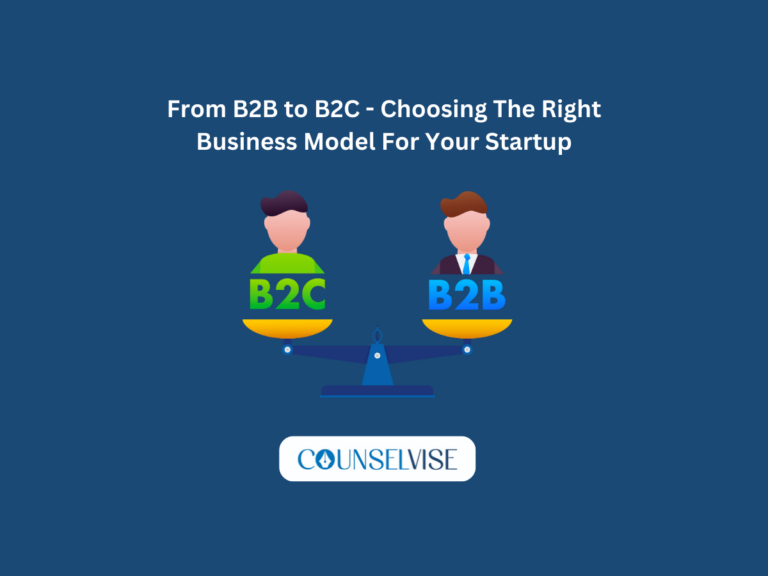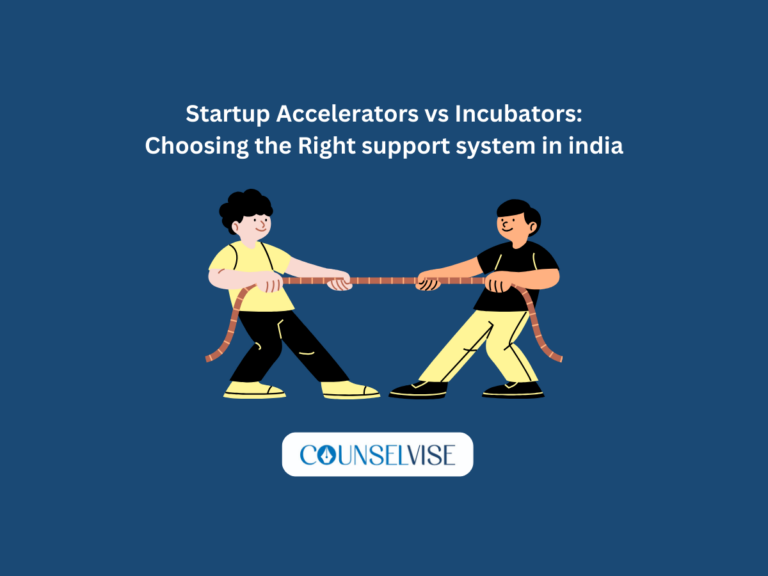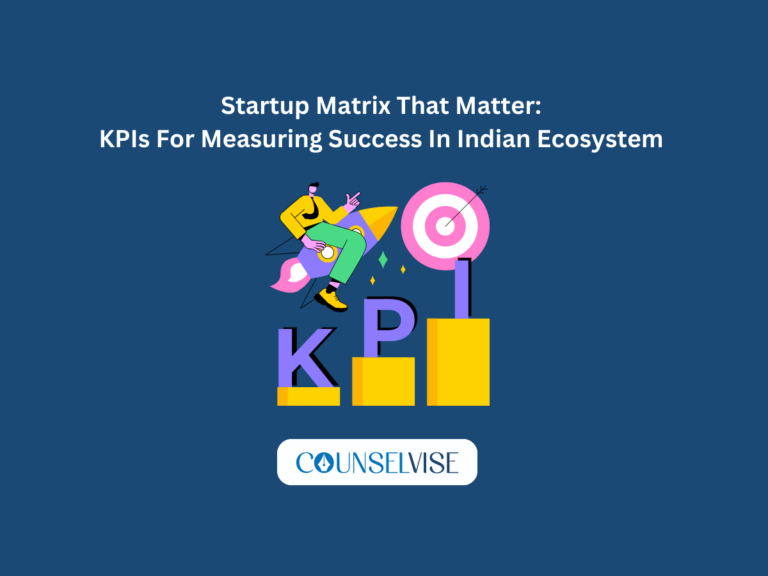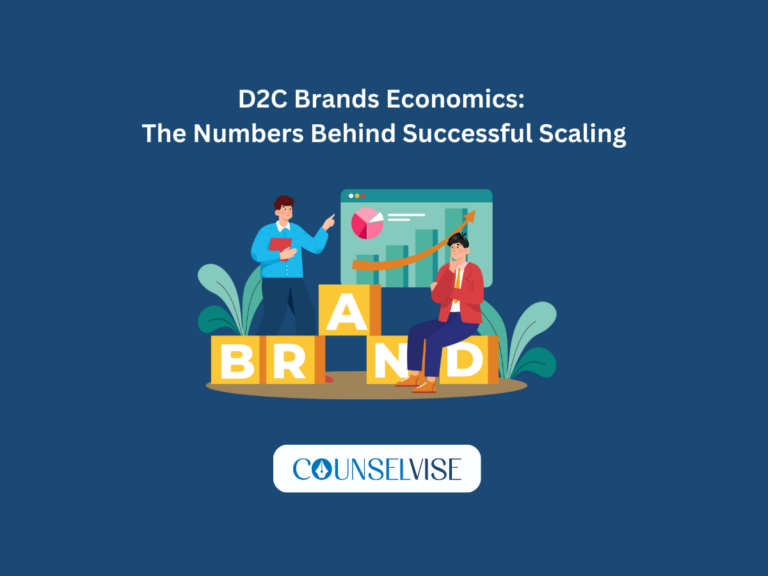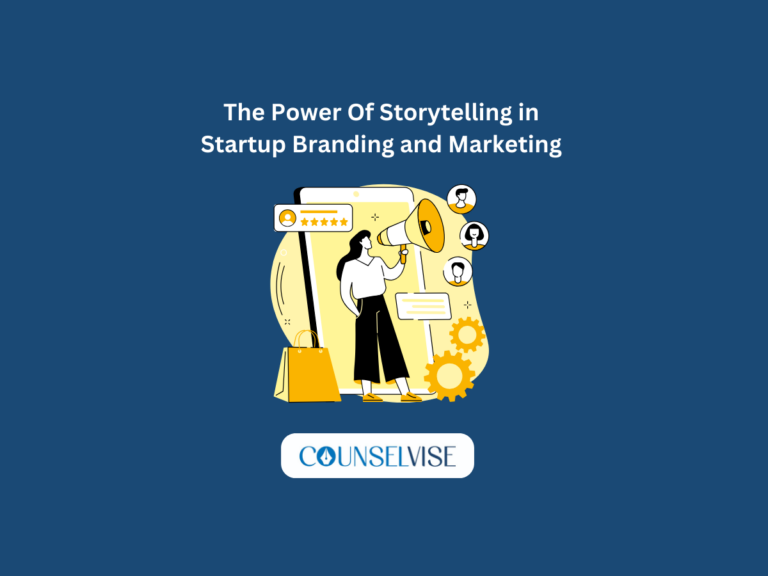Introduction
In India’s diverse and rapidly evolving startup ecosystem, choosing the right business model is crucial for long-term success. The decision between Business-to-Business (B2B) and Business-to-Consumer (B2C) models can significantly impact a startup’s growth trajectory, funding opportunities, and operational strategies. This article explores the key considerations for Indian entrepreneurs when deciding between B2B and B2C models, with insights drawn from successful startups in both sectors.
The Indian Market Landscape
India’s startup scene offers unique opportunities and challenges for both B2B and B2C models:
1. A large, young consumer base driving B2C growth.
2. Rapidly digitising businesses creating B2B opportunities.
3. Diverse regional markets with varying consumer behaviours.
4. Growing adoption of technology across industries.
Key Considerations in Choosing Your Model
1. Market Size and Growth Potential
B2C: India’s consumer market is vast and growing. With over 1.3 billion people and a rising middle class, B2C startups have a large addressable market. For instance, Flipkart capitalised on this by targeting India’s burgeoning e-commerce market.
B2B: While potentially smaller in customer numbers, B2B markets can offer high-value, long-term contracts. Freshworks tapped into the global demand for business software, starting with the Indian market and expanding internationally.
2. Customer Acquisition Costs (CAC)
B2C: Generally higher CAC due to the need for mass marketing. Paytm, for example, invested heavily in advertising and cashback offers to acquire users.
B2B: Often lower CAC, relying more on relationship-building and targeted marketing. Zoho, the SaaS giant, grew primarily through word-of-mouth and focused digital marketing.
3. Sales Cycle Length
B2C: Typically shorter sales cycles, allowing for quicker scaling. Swiggy, the food delivery app, saw rapid user adoption due to the immediate value proposition.
B2B: Longer sales cycles, especially for enterprise clients. Razorpay, the payment gateway provider, often faces extended negotiation periods with large corporate clients.
4. Revenue Predictability
B2C: Can be more volatile, influenced by trends and consumer sentiment. Nykaa, the beauty e-commerce platform, has to constantly adapt to changing consumer preferences.
B2B: Often more stable with recurring revenue models. Clevertap, a B2B customer engagement platform, benefits from long-term contracts and stable monthly recurring revenue.
5. Funding Landscape
B2C: Attractive to venture capitalists due to the potential for rapid growth. Byju’s, the edtech giant, in its early days has raised billions in funding due to its massive user base and growth potential.
B2B: May be seen as less risky by investors due to stable revenue models. Druva, a B2B data protection company, has attracted significant funding despite a more niche market.
6. Operational Complexity
B2C: Can involve complex logistics and customer service operations. BigBasket, the online grocer, had to build an extensive supply chain and last-mile delivery network.
B2B: May require specialised knowledge and customization for clients. Tata Consultancy Services (TCS) invests heavily in training to meet diverse client needs.
7. Competitive Landscape
B2C: Often more crowded with direct competitors. Ola had to differentiate itself significantly to compete with Uber and traditional taxi services.
B2B: May have fewer direct competitors but requires strong differentiation. Postman, the API platform, carved out a niche in the developer tools market.
Hybrid Models: The Best of Both Worlds?
Some Indian startups have successfully implemented hybrid B2B2C models:
1. Urban Company: Started as a B2C home services platform but also serves businesses, effectively operating in both spaces.
2. Udaan: Began as a B2B e-commerce platform but has expanded to serve end consumers in some categories.
3. PhonePe: While primarily a B2C payment app, it also offers services to merchants, blending B2B and B2C operations.
Case Study: Moglix – From B2B to B2C Success
Moglix, an e-commerce platform for industrial supplies, provides an interesting case study in model evolution:
1. B2B Focus: Started as a pure B2B platform, serving businesses with industrial and MRO supplies.
2. Market Expansion: Recognized the potential in serving individual professionals and small businesses.
3. Hybrid Approach: Developed a B2C interface while maintaining its B2B core, effectively serving both markets.
4. Leveraging Strengths: Used its B2B supply chain expertise to offer competitive prices and reliable delivery in the B2C segment.
5. Distinct Strategies: Employs different marketing and customer service approaches for its B2B and B2C segments.
Future Trends in Indian B2B and B2C Markets
As the Indian startup ecosystem evolves, we’re seeing:
1. Increased B2B focus in sectors like SaaS, fintech, and agritech
2. B2C startups exploring B2B revenue streams for stability
3. Rise of direct-to-consumer (D2C) brands challenging traditional B2C models
4. Growing interest in B2B marketplaces across various industries
Conclusion
Choosing between B2B and B2C models (or opting for a hybrid approach) is a critical decision for Indian startups. It requires a thorough understanding of the target market, operational capabilities, funding requirements, and long-term growth strategies. While B2C startups often grab headlines with their rapid growth and large user bases, B2B startups are increasingly making their mark with stable, high-value business models. Ultimately, success in either model depends on identifying a genuine market need, building a strong value proposition, and executing effectively. As the Indian startup ecosystem continues to mature, we can expect to see innovative approaches that blur the lines between these traditional models, creating new opportunities for entrepreneurial success.
